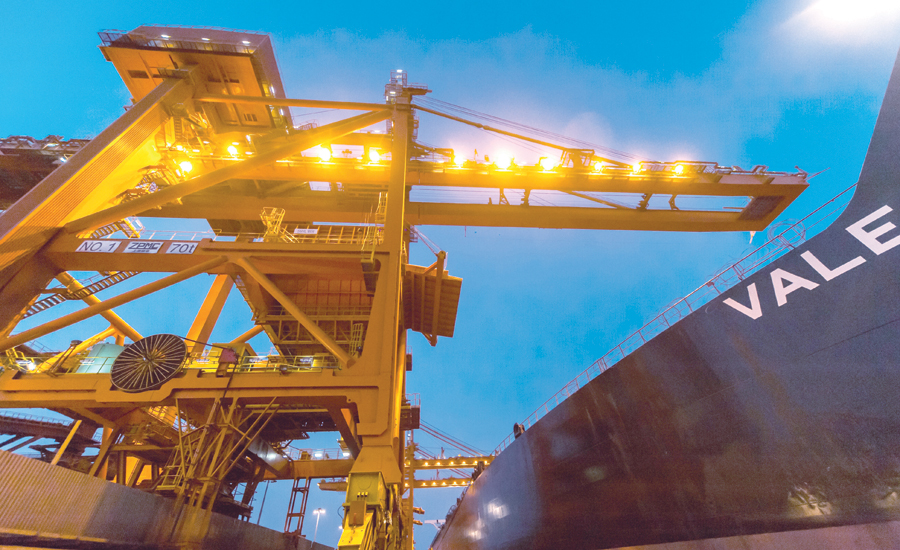

Conrad Prabhu -
MUSCAT, MARCH 20 -
Oman Shipping Company (OSC), the wholly government-owned maritime freight transportation services provider, has pledged to support the growth of the nation’s burgeoning mining industry by forging mutually advantageous partnerships with local players to enhance the competitiveness of Omani mineral commodities in export markets.
A senior company executive urged local mining firms to take advantage of OSC’s well-established capabilities in the dry bulk transportation business, underpinned by its expanding fleet of modern dry bulk carriers.
Kim Tae Kwon, General Manager — Commercial Dry Bulk & Liner Services, said the national maritime carrier of the Sultanate was ideally positioned to serve as the “shipping department” of local mining firms looking for a competitive partner in the transportation of their mineral commodities to markets around the globe.
“We can offer you a one-stop solution for your freight requirements,” said Kim. “We can also provide shipping consultancy services to enhance the competitiveness of your mining exports to world markets,” he told mining executives at an event held in the city recently.
Muscat-headquartered OSC is looking to position itself as a pivotal player in the maritime transportation of locally generated mineral commodities. Exports surged over 12 million tonnes last year, with Salalah Port accounting for a dominant share. The company already plays a major role in the import and export of dry bulk volumes linked to a number of mega industrial projects in operation in the Sultanate.
Notable is its part in the shipment of iron ore for the giant pelletising plant of Vale Oman at Suhar. OSC’s wholly owned fleet of Very Large Ore Carriers (VLOCs), each of a mammoth 400,000 tonne capacity, has been deployed to transport the feedstock from Brazil to the Sultanate.
Other bulk carriers of OSC’s well-diversified fleet handle the transportation of alumina from Australia to the Suhar smelter of Sohar Aluminium, as well mineral cargoes from Mina Saqr (Bahrain) to the east coast of India. Contributing to this success is a pair of Supramax vessels each of 55,000 deadweight tonnage (dwt), said Kim.
According to the shipping executive, local exporters current depend on short-term contracts and spot charters for the delivery of their mineral cargoes — a practice that typically yields thin margins for exporter and shipping line alike.
However, by adopting long-term freight contracts or large volume-wise freight arrangements with shipping lines, higher margins are assured, especially in light of the upturn in the regional shipping freight business, he said.
If you fix your freight cost over a certain period or volume, you can do your commodity trading with any destination in the world, and get competitive as well, said Kim.
Oman’s prodigious mineral wealth, coupled with its world-class logistics infrastructure, means that mineral exports can theoretically fetch high margins for local exporters. But key to this dynamic is competitive shipping, said Kim. “When you lock in your position, a big part of costs is factored in, and you become more competitive,” he noted.
For its part, OSC is open to offering multiple freight rates for commodity trading anywhere in the world, said the official. “It’s an open book agreement where you just lock in a certain percentage of your total production with a freight commitment with OSC or any other shipping company. Then, based on this arrangement, we can do an agreement for discharging, say, in India, Indonesia, Vietnam, Japan or even the United States.”
He further added: “With the shipping outlook expected to improve going forward, I suggest you have some strategy to lock in your position with a long-term contract. OSC wants to be your partner in order for the Omani mining industry to be successful and sustainable over the long-term.”
Oman Observer is now on the WhatsApp channel. Click here



